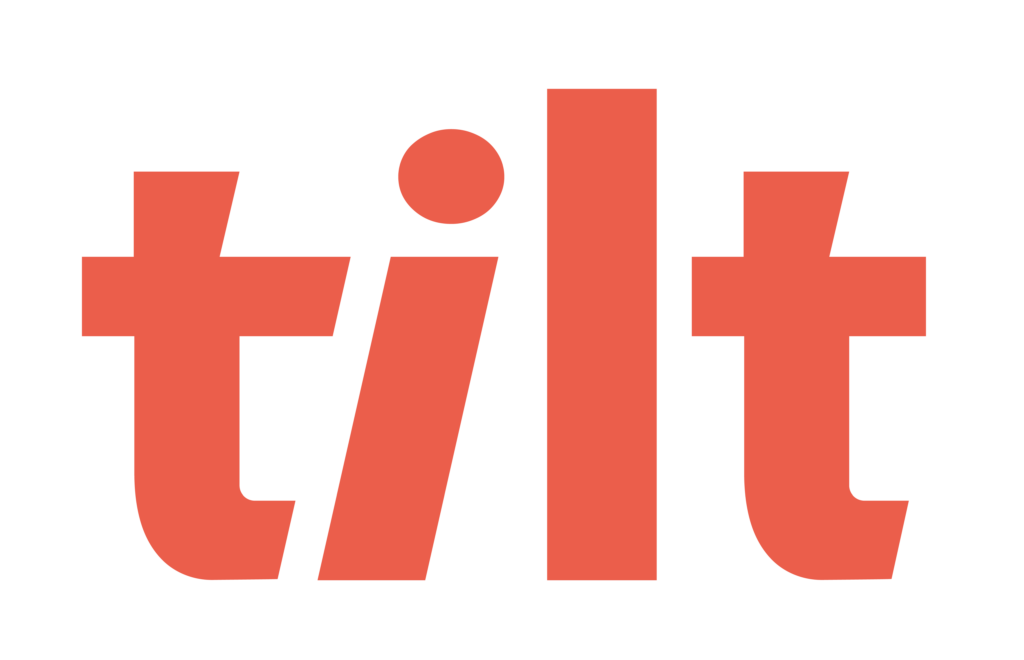It’s human nature to be presented with a situation and analyze it through the lens of how it impacts you. While HR and People teams inherently tend to be more empathetic given the nature of the profession and the character of humans it attracts, nevertheless, it can be difficult to not initially react to something like a leave of absence request and immediately think, “I wasn’t expecting to have to manage this right now,” or “how am I supposed to stay on top of this when I’m already overworked?”
These are valid, human reactions to any unforeseen obstacle that comes along our daily paths at work, but with a leave of absence in particular it’s crucially important that we don’t lose sight of the scenario at hand; one of your employees might be experiencing a life-altering moment, and right now that’s all that matters.
This isn’t to diminish the fact that a leave of absence has an impact on People Teams too. You’re overworked, overstressed, and the initial feelings around having to manually manage another leave of absence are real because the stress for you to do so successfully is real.
Out with the old
Unfortunately, the antiquated way in which companies have managed leaves of absence for years has treated leaves as a cold, confusing transaction. People Teams aren’t given the bandwidth or the tools needed to manage them effectively, and employees are left wondering what to do and who to turn to.
The lack of human-focus surrounding employee leave has historically extended beyond the actual facilitation of the leave itself as well. Harmful stigmas can lead employees to feeling that their leave of absence may negatively impact their career prospects within their organization moving forward, and in far too many cases those feelings are founded and companies have found themselves facing legal action.
All for not focusing on the human side of employee leave.
The good news is that managing employee leave doesn’t have to be all doom and gloom. It doesn’t have to be a burden on People Teams and a struggle for your people. It starts with focusing on humans. The humans responsible for managing the leave and the humans going through the leave.
When you start with the human side of employee leave, the leave journey can be a magical one
How to focus on the human
The silver lining of there being an “old way” of doing things is that it means there must be a “new way.” Otherwise, we’d still just call it “the way” of doing things, right? There are several approaches organizations can take to get them out of the dark ages and into the light by providing a humanized the leave of absence journey for your people. Here are some of the most important:
Education: How many societal problems would be remedied by improved education? Well, a leave of absence is no different. By providing comprehensive information to employees, and their managers, about the leave of absence can do wonders. It alleviates ambiguity and uncertainty for the employee, and it takes the guesswork off the manager’s plate because they know exactly what to expect. Further, educating managers on what they can and can’t say to their employee on leave can help ensure that employee’s rights are being protected…you know, their human rights.
Make the journey easy for all parties: Managing a leave of absence can be a logistical and administrative nightmare for people teams, a confusing and sometimes scary journey for employees, and a legal minefield for managers. Firm up your processes and keep everyone in the loop throughout the journey. Make steps easy to follow, include all necessary parties, and make life easy for yourself on the backend through consistent tracking practices. This might not be so simple depending on your team’s bandwidth, so this might be an opportunity to look at outsourcing your leave management processes if you aren’t already.
Provide human support: As a tech company, we’re well aware of the awesome power that technology can have for solving problems. One of the times the tech of today often falls short, however, is the complete replacement of a human connection when we need help. When an employee takes a leave of absence it’s often for a life event that either requires their full attention or is flipping their world on its head. It’s important that when employees have questions about their leave, or just want assurance that what they’re doing is correct, they have real human support they can turn to. Being there for your employees when they need it most is the most human thing you can do.
From human inaction to humans in action
Treating a leave of absence with humanity won’t just happen on its own, it takes action. It takes looking at the way things are done and recognizing there’s a better way, a more human way. That better way takes effort to be done well and effectively. If your People Team doesn’t have the bandwidth to take this on you aren’t alone, but it’s critical to your employees’ well-being to put these wheels in motion.
Some organizations look to add headcount in an effort to focus solely on providing the support their employees need and currently aren’t getting, either from an overworked HR department or a robotic and ineffective “catch-all” HR vendor. Doing so is often not financially or functionally feasible for most organizations, which is why so many are outsourcing their leave management solutions to vendors who make the leave journey a breeze while prioritizing the human side of leaves.
About Tilt
Tilt is leading the charge in all things leave of absence management through easy-to-use tech and human touch. Since 2017, our proprietary platform and Empathy Warriors have been helping customers make leave not suck by eliminating administrative burdens, keeping companies compliant, and providing a truly positive and supportive leave of absence experience for their people.







